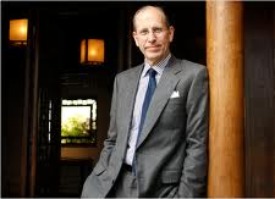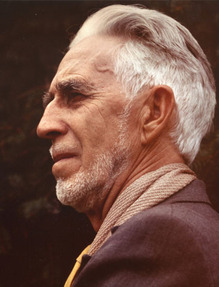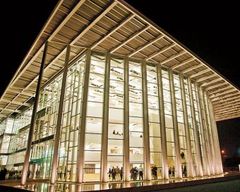If you’re not into Asian art, you may have skipped the article in The New York Times special Museums section on Mar. 17 about Maxwell Hearn, the incoming head of the Asian art department at the Metropolitan Museum*: “At Met, New Leadership (and Direction) for Asian Art” by Holland Cotter.
 Which would have been too bad, because it was the section’s sleeper article. Within it were two-and-a-half excellent points about museums and art in general.
Which would have been too bad, because it was the section’s sleeper article. Within it were two-and-a-half excellent points about museums and art in general.
1) Hearn is looking for someone to replace himself as plain old curator of Chinese art, and it’s going to be hard because there’s so little supply. He said,
There’s been a real shift in the field, and I think it is across the board in art history. We’re all seeing that young students are more and more interested exclusively in contemporary. Anything that’s old is a hard sell.
This, I hear from many art historians is true. One well-known respected source said he’d read somewhere that 80% of art history students now want to study just contemporary art. Ouch!
2) Hearn said other departments could take a leaf from Asian art as they think about displaying the permanent collections — that is, regularly changing what’s on view. Because of their fragile nature, and inability to withstand constant light,
In Asian art, we’re used to rotating our collections of Chinese and Japanese paintings and Indian miniatures all the time.
Good idea. Not every museum has the depth of the Met’s collection, but I am surprised sometimes by what’s in storage.
UPDATE: ORIGINALLY, I WROTE HERE “Recently, for example, when I visited the Museum of Fine Arts, Houston, I was disappointed that a marvelous Martin Johnson Heade, which I wrote about in 1999, was not on view. The MFAH had paid $1.25 million for Magnolias on a Gold Velvet Cloth, which “for years covered a hole in the wall in an Indiana home, its value unknown to the owner and its existence unknown to art experts.” ” BUT MFAH TELLS ME THE PAINTING IS ON VIEW. I REGRET THE USE OF THIS EXAMPLE, BUT I STILL AM SURPRISED BY WHAT’S IN STORAGE AT MUSEUMS.
3) Everyone, as Hearn implied, wants to collect contemporary art, including the Met’s Asian art department. But there’s a caveat, from my point of view and Hearn hints at it:
China, Japan, Korea, India, Indonesia, Cambodia, Vietnam — all these places are creating wonderful things, and at the Met we have the opportunity to give this work an historical context.
Many museums seem to be going about buying art from Latin America, Asia and the Middle East without attempting to give that historical context or even attempt to see it in a continuum. Not a good thing, is it?
Photo Credit: Courtesy of The New York Times
*A consulting client of mine supports the Metropolitan Museum



 What initially caught my attention was
What initially caught my attention was 